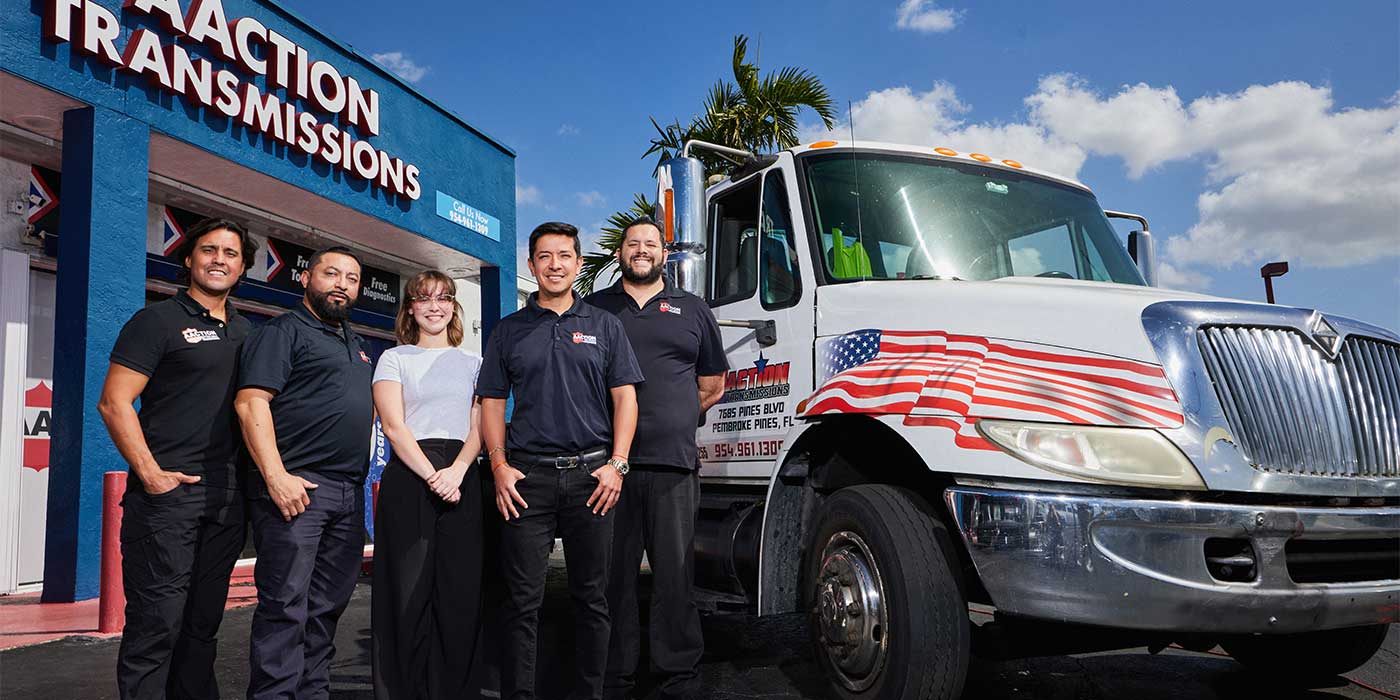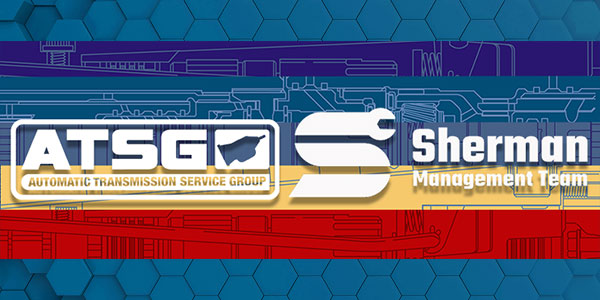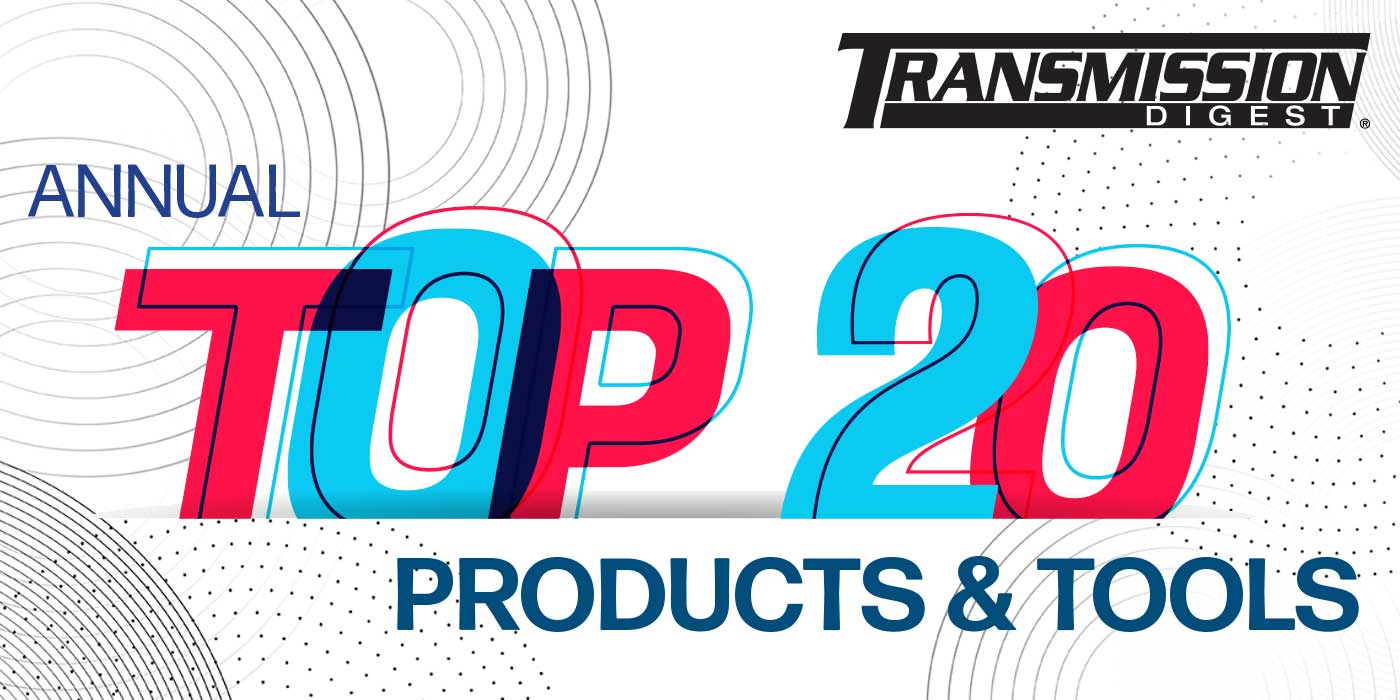Colorado Engine may have “engine” in the name, but transmissions are also a key component of the business for a shop that deals with the entire powertrain. Started in 1983 as a wholesale warehouse distributor for factory remanufactured engines and transmissions, in 2000 they opened an install center, according to owner George Anderson.
“So probably the first half of the business history is wholesale distribution, and we sold mainly to shops and dealers, not parts stores,” George says. “And the second half of our history, we started doing our installs here, figuring we had a lot more specific expertise to do engine replacement than many of our customers that were buying engines from us, marking them up and then installing them. So I started the company, I had a partner at the time, and I eventually bought him out.
“Right now we have 13 employees, and we are most likely the largest engine replacement facility in the region. I would have to think in Metro Denver, or even the entire state, there’s nobody who comes close to us as far as the amount of engine and, to a lesser amount, transmission replacement.”
In the transmission market in the area, George says they’re “just one of many” as opposed to being the largest in the segment. “But we do our share of transmissions,” he says. “Our main source for transmissions is ETE. We’ve had good experience with their products and dealing with the people there. They’re top-notch.”
The shop does about 200 installs per year, with about 20% of that estimated to be transmission replacement. Similarly, in over-the-counter direct sales of engines and transmissions, the split is about 80% engines, 20% transmissions.
Colorado Engine has been located in the same place since its inception: in southeast Arvada, a city in the Denver metro area that is the seventh-most populous city in Colorado in its own right. George describes the location as an industrial neighborhood in which 7,500-sq.-ft. Colorado Engine resides, with a half-acre yard and seven hoists in the back.
“We have room for overall nine vehicles that we can fit at one time, as well as a store room where we house engines and transmissions that we’ll keep in stock,” says Kara Anderson Hamersky. Kara is George’s daughter, who will eventually be stepping into the role of owner.
Recent challenges
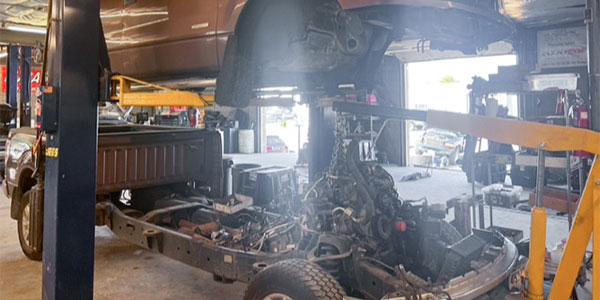
Colorado Engine has, of course, not been immune to the recent challenges in the auto repair industry. First and foremost among those is parts shortages.
“It’s getting noticeably better,” George says, “but pre-pandemic we could order an engine and/or transmission and oftentimes get it in two days. And so the whole process of replacing the customer’s engine and/or transmission could get done in a week. Now we have people that have to wait four to six weeks for the product.”
This prompted the shop to begin pre-ordering to keep engines and transmissions in stock at the facility.
“We actually started doing the stockroom when the pandemic hit and we were realizing the supply chain issues,” Kara says. “So we started pre-ordering knowing that they would take about four to six weeks to even get the actual part.
“We focus on common models. We work closely with our general manager who knows which ones we do mostly: common models as well as models that we want but are hard to get. So we ordered a couple of those at a time, just knowing those would take almost eight weeks to get, but we’d order them ahead and then sell them ahead. And then once we would sell one, we would order another one.”
This foresight has offered the shop a major advantage in a time in which parts and even the most common models are scarce.
“We’ve had several customers who have been calling around unable to find a certain product, and we happen to have it, and they bought it on the same day,” Kara says. “So it absolutely has helped. And I think we’ve even been able to hone in on what product we would like to keep in stock or pre-order or just keep our tabs on, knowing that we can get it quickly.”
Technician shortages have also been a major trend in the industry in recent years. Kara and George say their 13-person crew has been strong for a good while now, but there was quite a bit of turnover prior to the last six months or so.
“We’re really lucky to have had three guys who have been here with us for 10-plus years. I think that helped keep our core group going,” Kara says. “But yes, there was a year where we were sort of a revolving door of technicians for a little bit there, but it’s been pretty solid for probably six months now.
“We’ve got a really solid crew: younger guys, as well as our core older guys that have been here. So it’s a really good mix right now. It’s a really great team. They work really well together. It’s just a really positive close-knit group.”
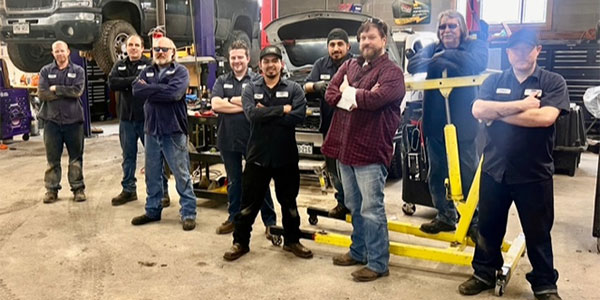
Kara gave us the rundown of who does what at the shop.
“We’ve got three guys that sort of run the operations of the shop. They do everything from answering phones, dealing with customers, sales, determining what vehicles need to be worked on when, ordering parts, and just that the jobs are getting out correctly and on time.”
George chimes in: “And with the volume we do and the size of the operation, it requires a lot of attention ordering the correct part for the repair and then making sure that you get it in a reasonable timeframe.”
“As far as our technicians go, we have the seven techs and we vary their jobs depending on the technician and their skill level,” Kara continues. “So we have three main installers who are consistently doing transmission install, engine install, and then we have two guys whose work just sort of depends on the job. They can do installs, but they can also do service work. And then we have the rest of the guys do more of the service type work: anything from oil changes to alternator replacement, anything like that. The head guys manage that, making sure the tech is getting the correct job to get it out on time, efficiently and with quality. We use a new software program called Shopmonkey that’s been helping with that too.”
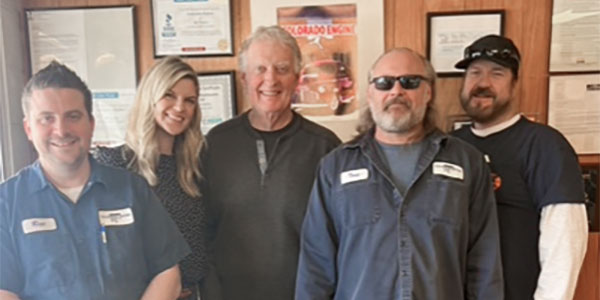
Standing out from the crowd
So what makes Colorado Engine stand out?
“If you come to visit,” George says, “you will notice the myriad of vehicles that we’re working on, private party owners and businesses. We have a lot of fleet accounts, so if they need a transmission, they automatically come to us. They don’t shop around.”
Notable fleet customers at Colorado Engine include United Airlines and the U.S. Postal Service.
“Overall,” Kara shares, “I would say we split our retail customers vs. fleets almost 50% evenly with maybe a small percentage being newer walk-in customers (non-install related). While it may seem like a lot to manage with our shop, we use a shop scheduling system in order to maintain consistent flow and provide high quality fast service.
“The quality of work, it just speaks for itself,” she adds. “A majority of our customer base comes from word of mouth and from our reviews.”
Colorado Engine maintains a 4.5 star rating on 128 reviews on Google, and a similar 4.5 star rating on Yelp.
That, Kara notes, requires “hiring the right people, taking care of our people and just knowing that we are only as good as them.”




